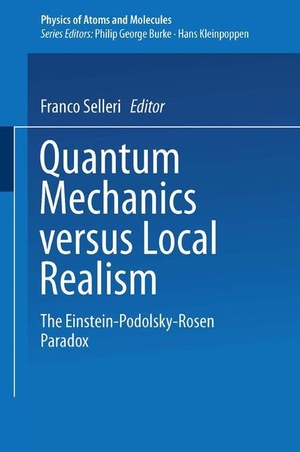Für statistische Zwecke und um bestmögliche Funktionalität zu bieten, speichert diese Website Cookies auf Ihrem Gerät. Das Speichern von Cookies kann in den Browser-Einstellungen deaktiviert werden. Wenn Sie die Website weiter nutzen, stimmen Sie der Verwendung von Cookies zu.
Cookie akzeptieren
Quantum Mechanics Versus Local Realism
- Springer US
- 2012
- Taschenbuch
- 480 Seiten
- ISBN 9781468487763
If you have two small objects, one here on Earth and the other on the planet Pluto, what would you say of the following statement: No modification of the properties of the object on the earth can take place as a consequence of an interaction of the distant object with a third body also located on Pluto? The opinion that the previous statement is correct is very natural, but modern quantum theory implies that it must be wrong in certain cases. Consider in fact two arbitrary objects separated by such a large distance that they are unable to exert any important mutual influence. It is possible
Mehr
Weniger
zzgl. Versand
in Kürze